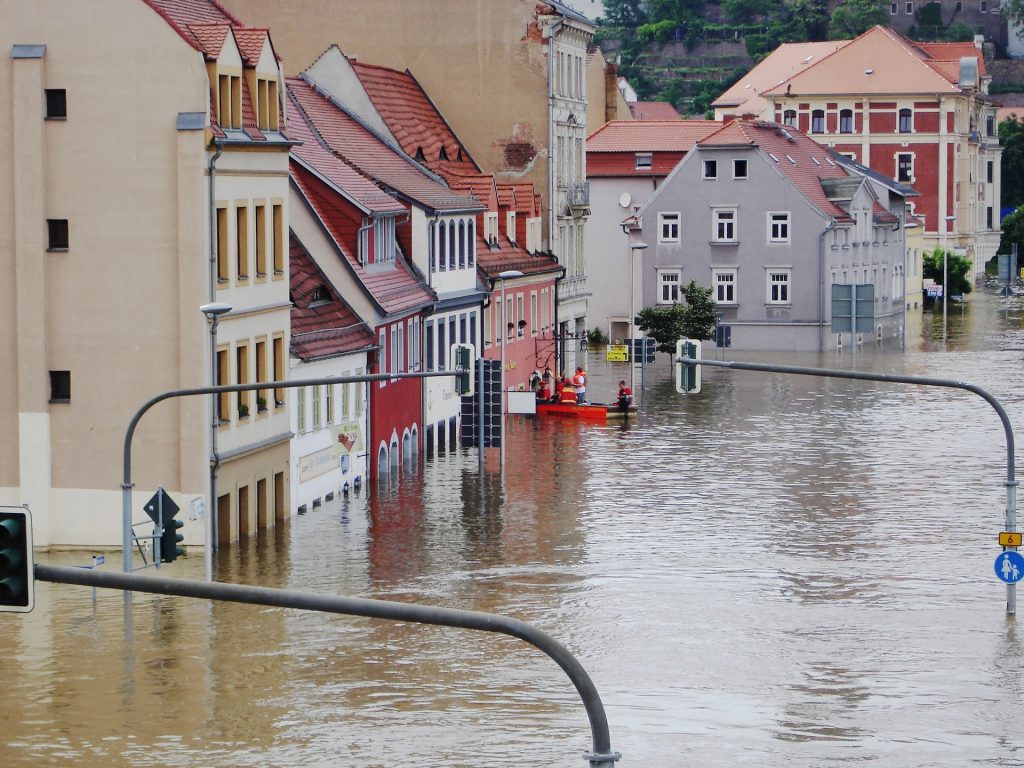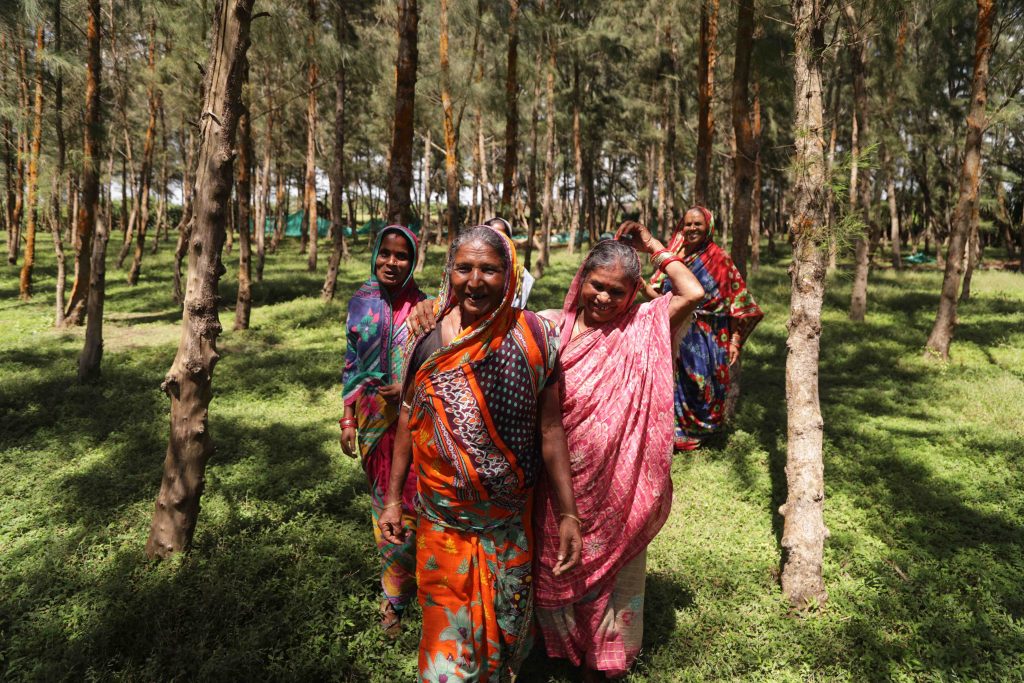
What is the state of the European climate?
What does it mean to be the world’s fastest warming continent toppling flooding, temperature and wildfire records as glaciers melt at unprecedented rates and communities suffer like never before? Understanding the latest trends in Europe’s climate, including progress in areas such as renewable energy generation and resilience to extreme events, is the key to effective adaptation and mitigation.











